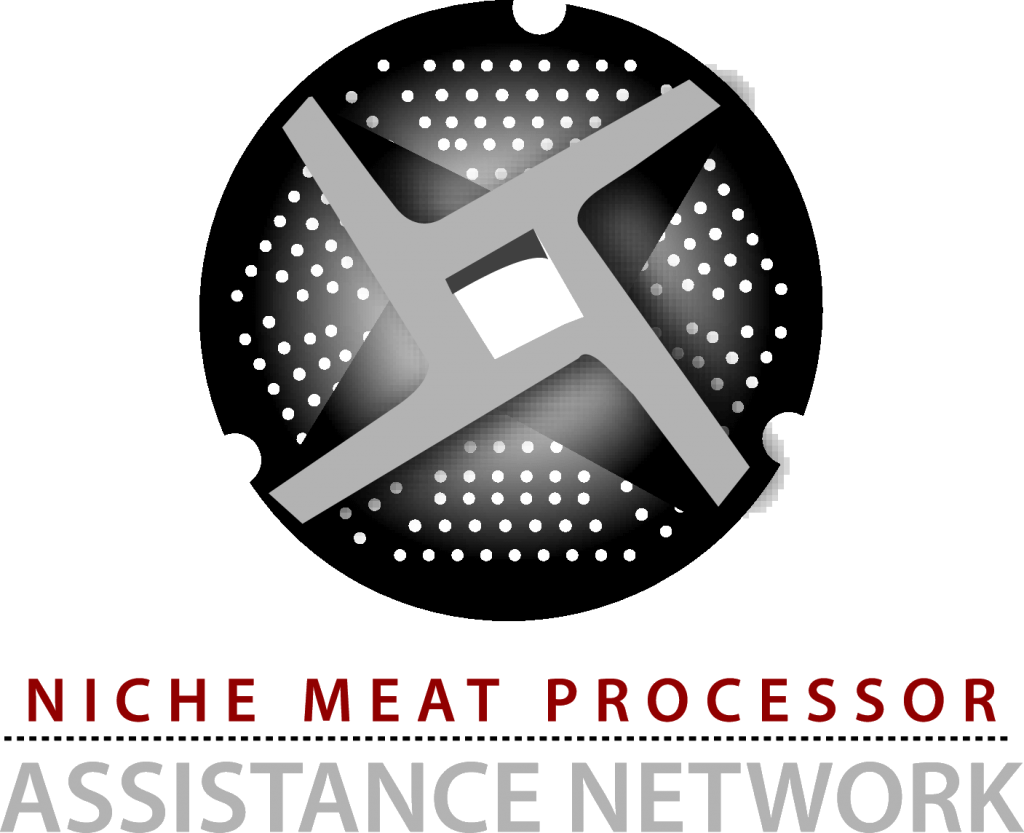What’s on this page?
A basic understanding of microbiology can really help as you develop food safety and HACCP plans. This page has a few resources to get you started as well as some suggested anti-microbial interventions for small plants.
What is microbiology? How do I get started?
What are the options for small plants?
Learn Your Microbiology Basics
Microbiology is the study of micro-organisms like bacteria, parasites, fungi and more. This is important to meat processors as many dangerous bacteria, such as e.coli and salmonella, are micro-organisms. You need to have a basic understanding of how these micro-organisms live and flourish and how to limit and control them when operating a meat processing facility.
Introduction to the Microbiology of Food Processing
This guidebook was written by USDA’s Food Safety and Inspection Service specifically for small and very small plants. Part of the Small Plant News Guidebook Series, it covers food-borne pathogens, control of food-borne pathogens, and how to put together a microbiological sampling program. (Published 2012, 64 pp.)
Another great place to get started is with this set of four educational sessions. The first three are taught by Dr. Cathy Cutter and Martin Bucknavage of Penn State University — two food scientists with many years experience working with small meat processors. In the fourth, you’ll learn about natural curing from Dr. Jeff Sindelar from University of Wisconsin, a meat processor, and an organic meat company.
NMPAN Webinars: Microbiology and Food Safety
Meat processors increasingly need to understand microbiology concepts and terms, from N-60 sampling and multi drug resistance to Non-0157 STECs, CFU, APC, PCR, and PFGE. In this session, you’ll learn the basic microbiological terms that processors – and their customers – need to understand. The webinar has four sections: Microorganisms in Food, Pathogens, Spoilage Organisms, and Microbial Analysis. (95 min. long, recorded Feb. 1, 2012)
In 2012, USDA FSIS issued revised guidance about controlling Listeria monocytogenes in ready-to-eat meat and poultry products. On this webinar, you’ll learn what the new guidance document says about managing listeria and what processors need to know to comply. This webinar was co-sponsored by the American Association of Meat Processors, the American Meat Science Association, and the North American Meat Association. (90 minutes long, recorded November 27, 2012)
HACCP — Hazard Analysis Critical Control Point — has been around for decades as a food safety management system in many different industries. Starting in 2000, USDA required all inspected meat & poultry establishments to have a HACCP plan in place and to follow that plan. So what is it? How does it work? What are the basics? On this webinar, you’ll learn the ABCs of HACCP — vocabulary and basic concepts — from an experienced HACCP instructor, Jonathan Campbell from Penn State University. (1 hour long, recorded on May 29, 2014)
Anti-Microbial Interventions for Small Plants
Anti-Microbial Spray Treatments for Red Meat Processing
Small and very small red meat plants can benefit from food safety technologies appropriate to their scale of operations. This video, with companion booklet, produced by the Food Science Department at Pennsylvania State University in 2005, explains in detail how to use a water wash and anti-microbial spray treatment as an intervention against pathogens during the slaughter of red meat animals. It also provides scientific documentation that can be used for HACCP plan validation. 
Control of Listeria monocytogenes in Small Meat and Poultry Establishments
This PDF by Catherine N. Cutter and William R. Henning of Pennsylvania State University provides practical information for small plants about control of and testing for Listeria monocytogenes, a serious concern in ready-to-eat (RTE) products.
Controlling Salmonella and Campylobacter in Poultry Processing Facilities
A processor-to-processor suggestion for very small poultry plants struggling to meet USDA’s Salmonella and Campylobacter standards: “Think paracetic acid, acidified sodium chlorite, or cecure as the post-chill dip and write the HACCP plan so the birds are dripping in the antimicrobial at the actual point of testing. We had issues with passing salmonella testing with USDA when they changed their performance standards until we added a post-chill dip and wrote our HACCP plan so that dip was our last step of our slaughter plan. We use Paracetic acid at 700-800 ppm post chill. Cecure at a very small amount in the buffered solution rinse for testing will get an 8 log reduction on the way to the lab!”


